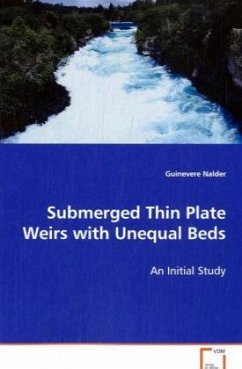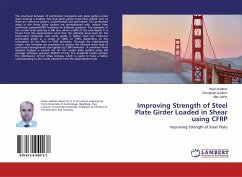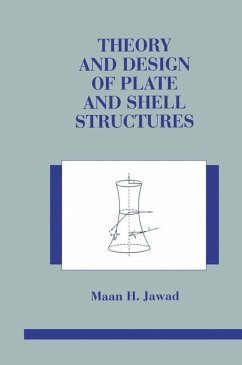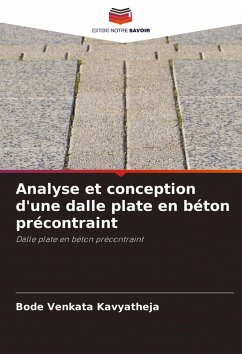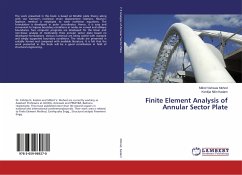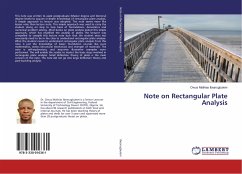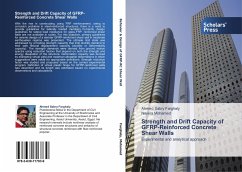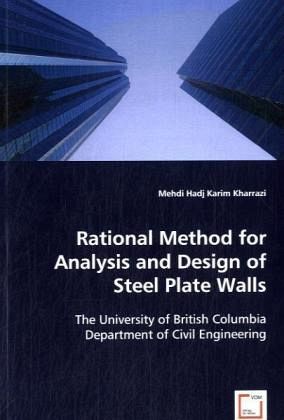
Rational Method for Analysis and Design of Steel Plate Walls
The University of British ColumbiaDepartment of Civil Engineering
Versandkostenfrei!
Versandfertig in 6-10 Tagen
52,99 €
inkl. MwSt.

PAYBACK Punkte
26 °P sammeln!
A simple rational method is developed in this study to simulate the shear and bending behaviours of Steel Plate Wall (SPW) systems, and is referred to as the Modified Plate-Frame-Interaction (M-PFI) model. The model can determine force and displacement values that corresponded to pre- and post-critical buckling state, post-yield state and ultimate capacity of individual panels. Using the M-PFI model, design requirements of the beams and columns were determined. A new mathematical formulation was presented to determine the angle of inclination of the tension field. The M-PFI concept was applied...
A simple rational method is developed in this study to simulate the shear and bending behaviours of Steel Plate Wall (SPW) systems, and is referred to as the Modified Plate-Frame-Interaction (M-PFI) model. The model can determine force and displacement values that corresponded to pre- and post-critical buckling state, post-yield state and ultimate capacity of individual panels. Using the M-PFI model, design requirements of the beams and columns were determined. A new mathematical formulation was presented to determine the angle of inclination of the tension field. The M-PFI concept was applied to a proposed hysteresis model, to better predict the behaviour of the SPW under cyclic loading conditions.Two Ductile Steel Plate Walls (DSPWs) and a Steel Frame were tested under cyclic loading. Also shake table tests were conducted on DSPW and SF specimens. Based on experimental outcomes, the SPW system was found to be an excellent lateral load resisting system.Using Finite Element (FE) model, the response of the specimens was simulated. From comparing numerical outcomes with test results, it was concluded that FE method is an appropriate technique to model the response of an SPW.




